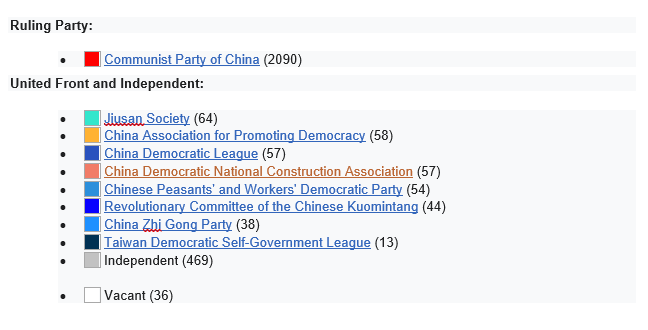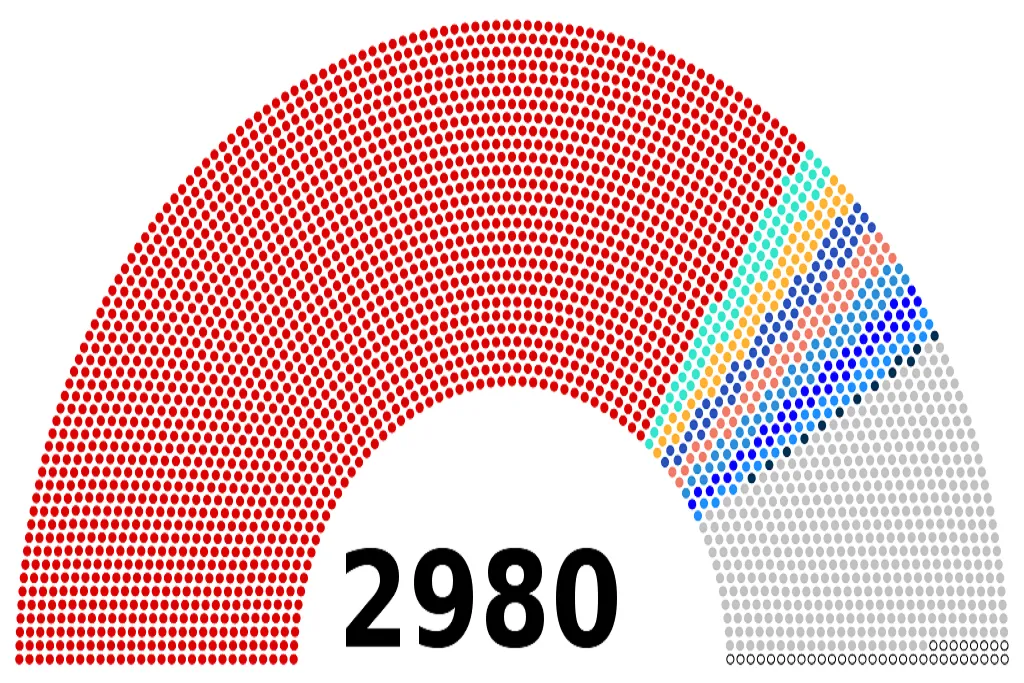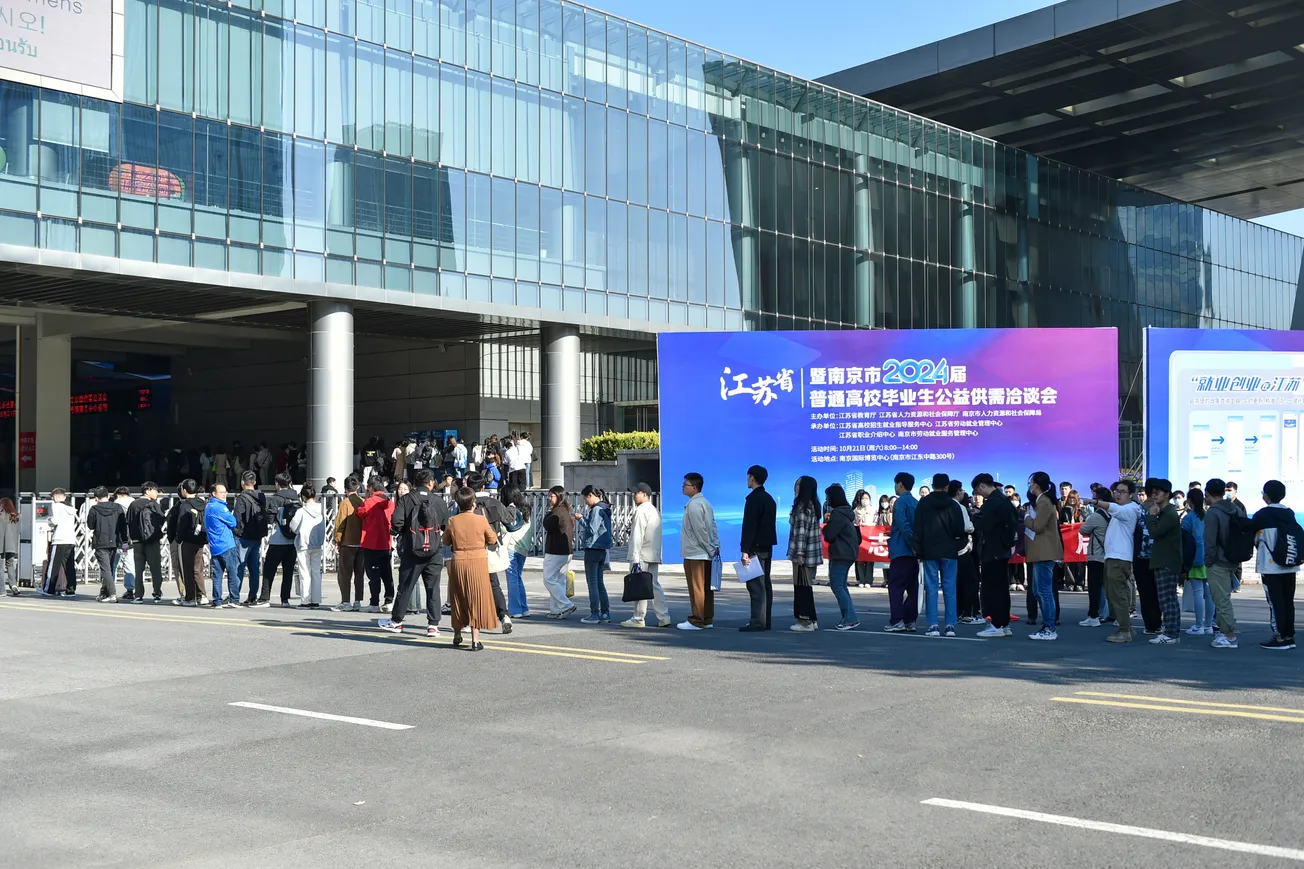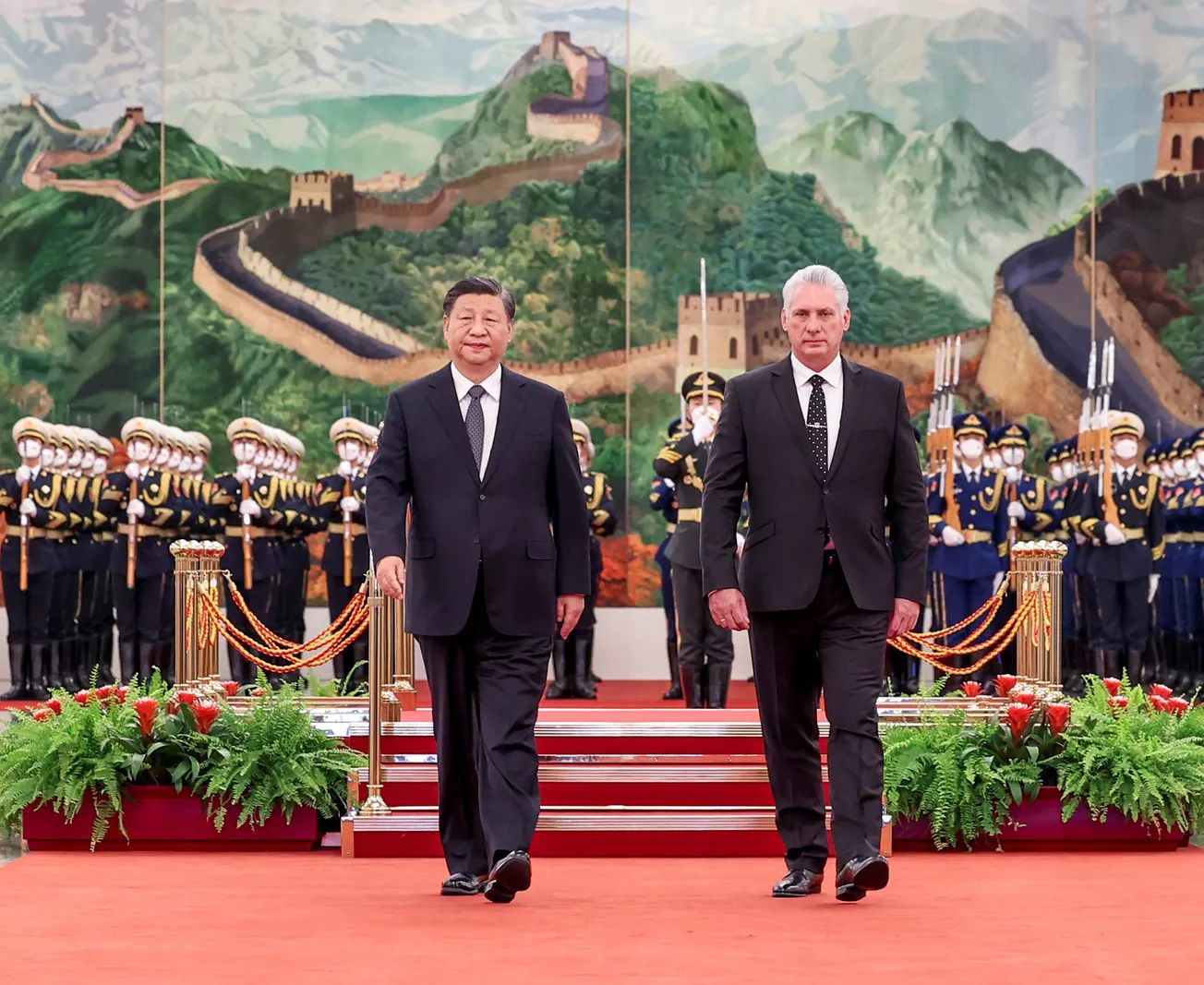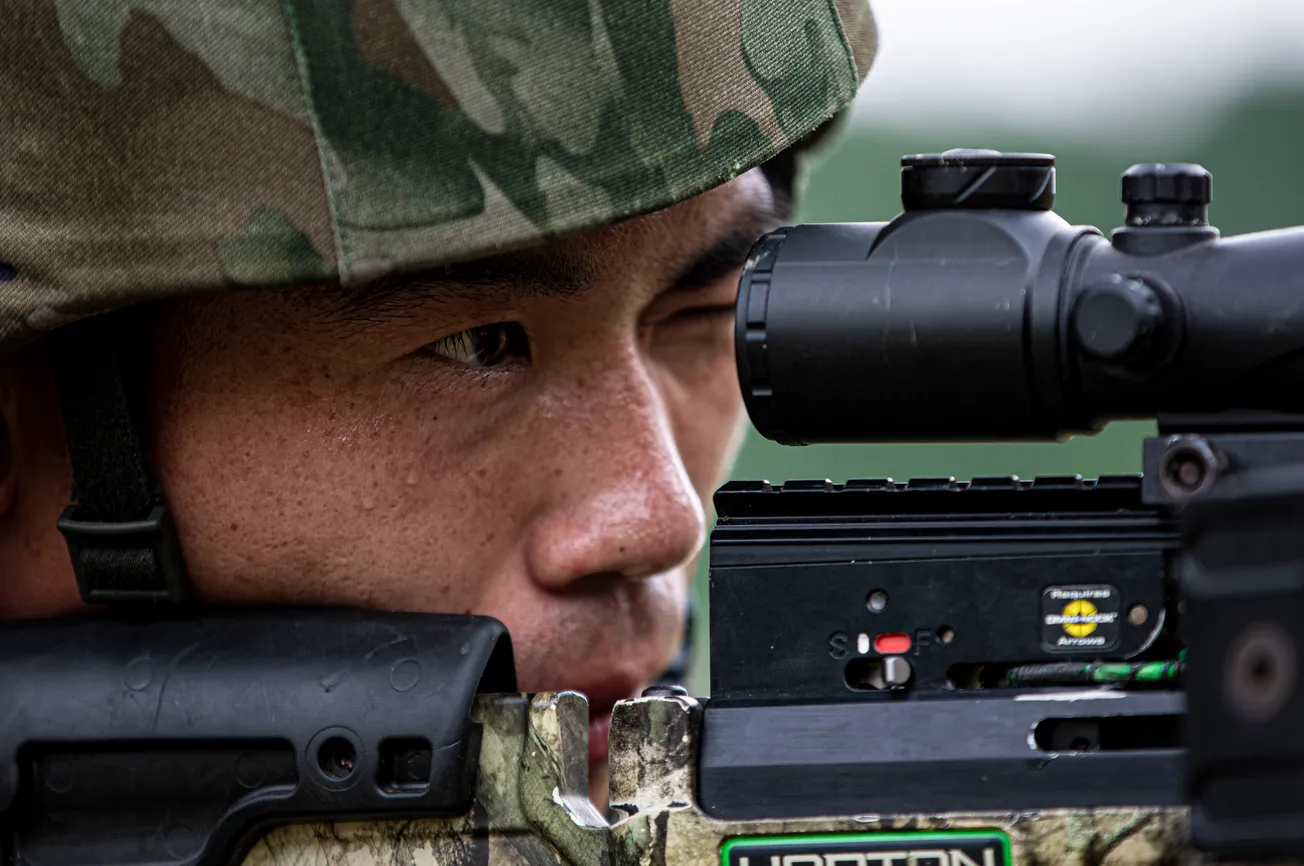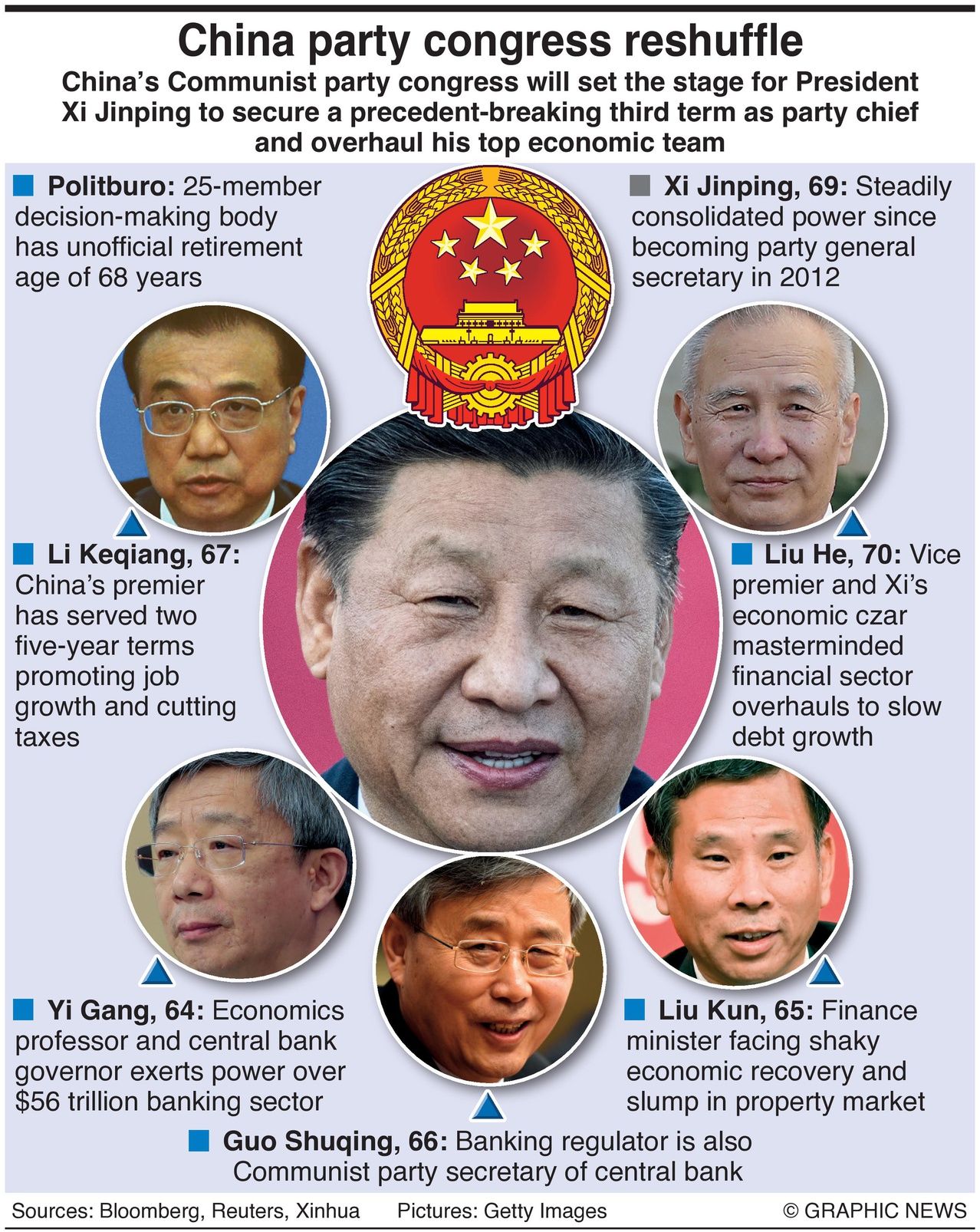
The 25-member Politburo, the Chinese Communist Party’s decision-making body, has an unofficial retirement age of 68 years.
Li Keqiang, China’s Premier who has served two five-year terms, Liu He, Vice Premier and Xi’s economic czar, central bank governor Yi Gang, Guo Shuqing, the banking regulator, and Liu Kun, Minister of Finance, are all expected to step down early next year.
Who will replace them will become more apparent at the once-in-five-year congress of the Chinese Communist Party, which will run in Beijing from October 16.
It will likely be the most significant economic reshuffle in a decade, coming at a time of protests by homebuyers in more than 100 cities, threatening to stop making their mortgage payments for stalled property projects, youth joblessness at a record 20 percent, plummeting household and business confidence under Beijing’s Covid Zero policy, and tensions with the U.S. over Taiwan.
“There will be pressure to keep the situation from boiling over,” said Craig Botham, chief China economist at Pantheon Macroeconomics.
“Stability is the goal, really, as it helps the party maintain power.” Lots of “firefighting” is needed to restore stability, said Botham
Xi has just a few months to make sure that mounting problems at home and abroad don’t overshadow his most outstanding achievement yet -- securing his third term as leader.
Party representation relating to title image.
